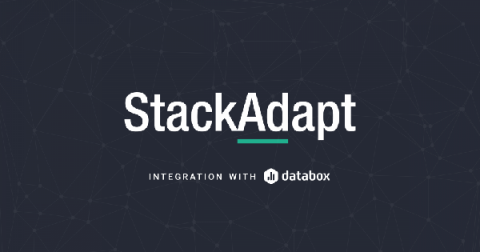k6 v0.27.0 and v0.27.1 released
k6 v0.27.0 is finally out! It has been over a year since the k6 team started working on this release, which includes a multitude of new features, improvements, bugfixes and beyond. This release was an effort to redefine performance and load-testing in k6, by introducing a new execution engine and lots of new executors on top, along with the most requested feature, scenarios. It also includes many UX improvements and bugfixes.











